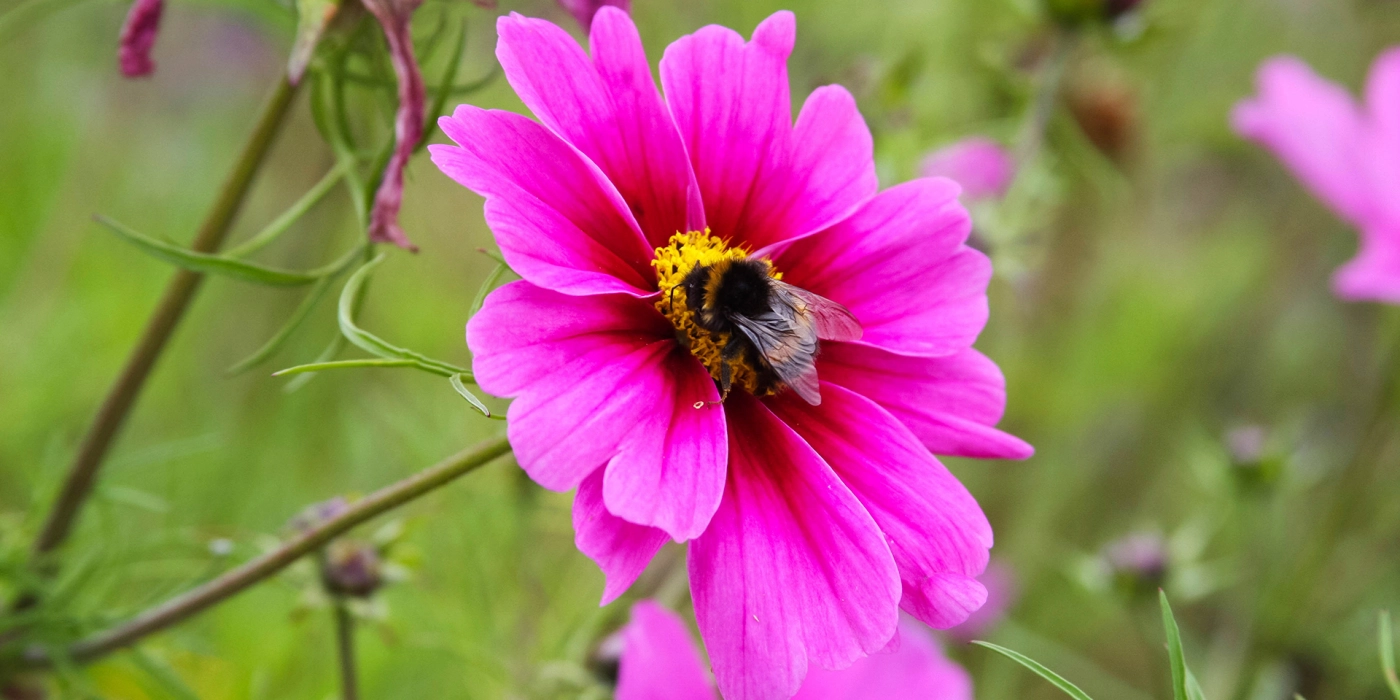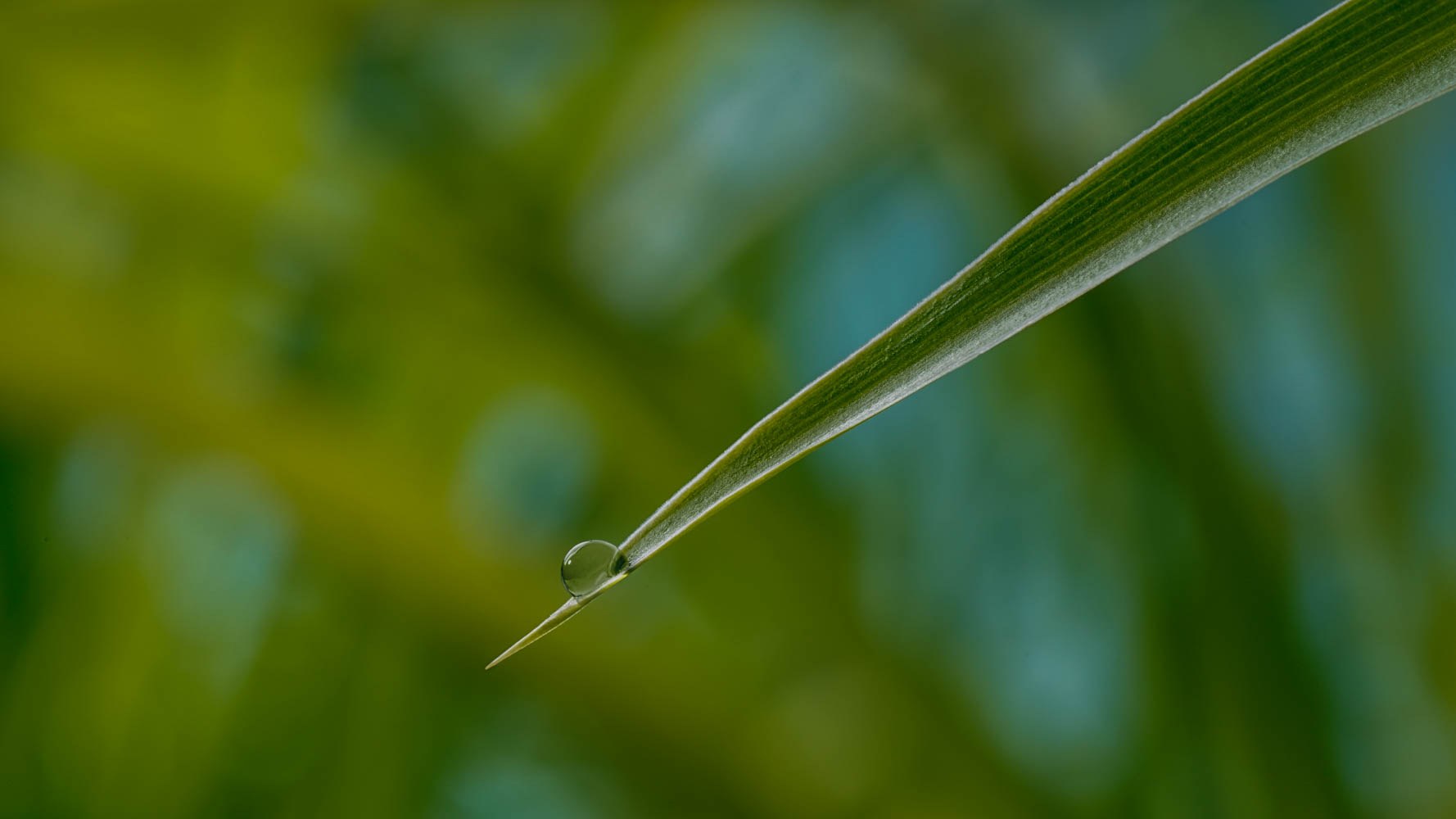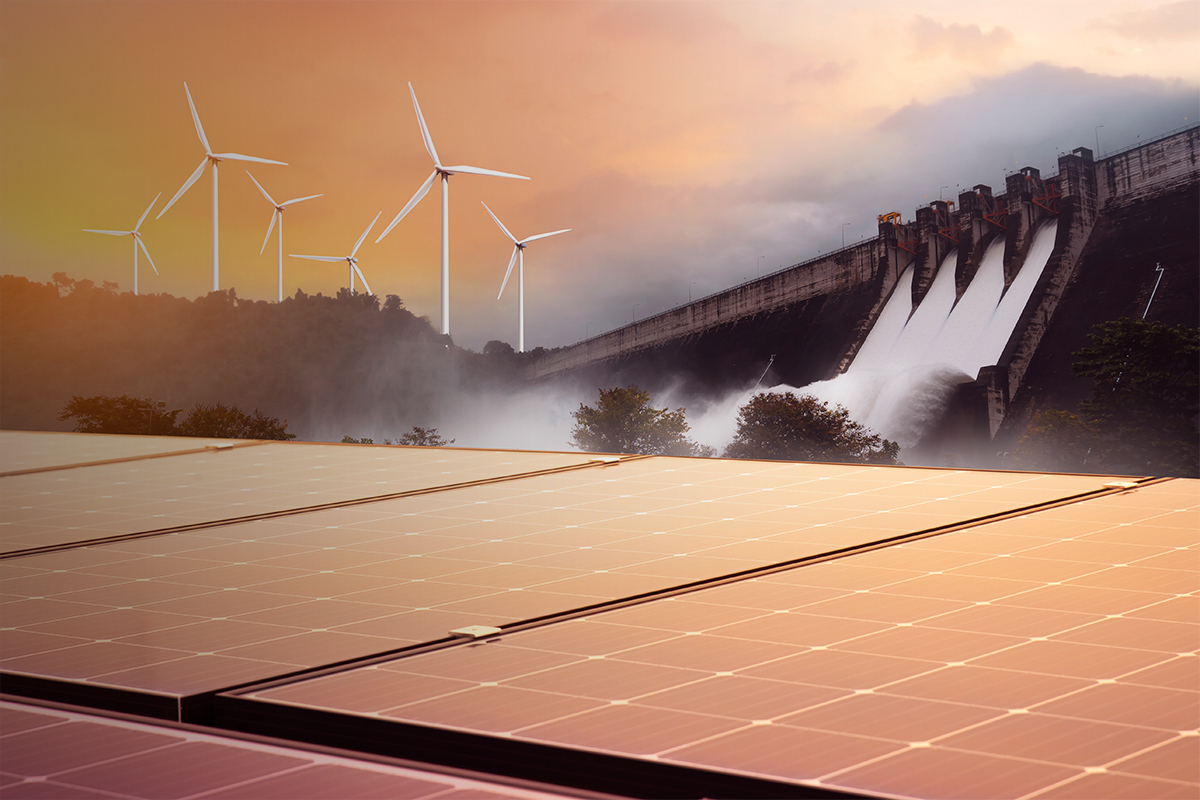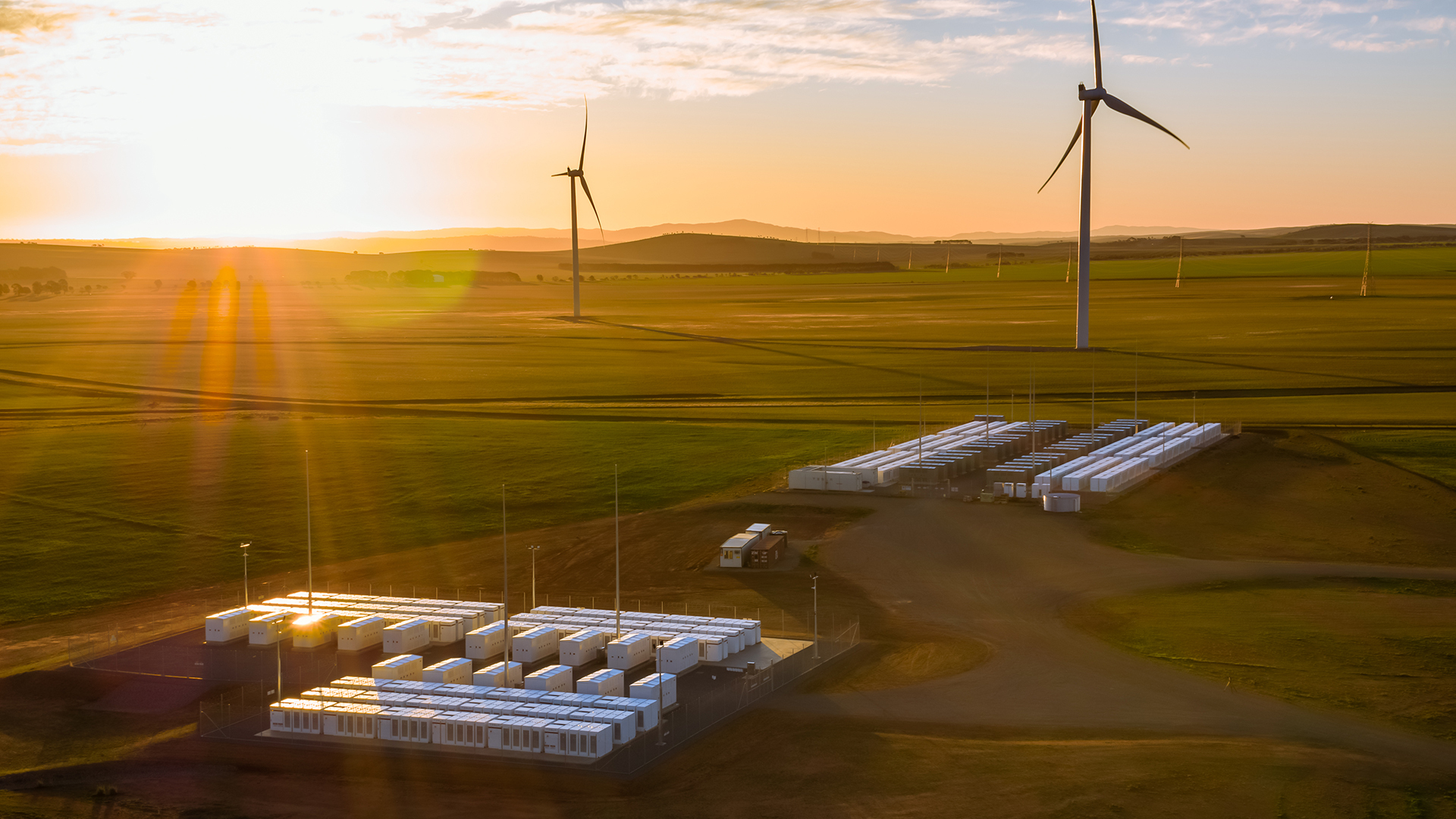-
idverde selects suppliers based on their sustainability credentials as well as how innovative their products are
-
With more people living in urban areas, Luzius finds different ways to allow nature and people to thrive together for the benefit of our environment
-
Demand for biodiversity solutions will only become stronger over time as companies see the benefits of bringing nature and urban spaces together in a sustainable way
What first sparked your interest in sustainability and what made you join idverde?
I grew up and live in Switzerland so if I’m not working, I spend a lot of time in the Alps, mountain biking, hiking and skiing; when you spend time outdoors you realize how quickly nature is changing. To take an example - some of the glaciers I hiked on 10 years ago have disappeared. You literally see year on year how quickly they are retreating. It really makes you think about where this is going.
As the father of two young children, I also worry about what we will leave behind for the next generation and that sparked my understanding of sustainability.
I must admit that I was previously in an industry – aviation services - that was not necessarily climate conscious. Flying was our business driver, and you quickly realize how hard it is to build that bridge to sustainability.
When I heard about the idverde opportunity, it immediately appealed to be working on something with a deep meaning, a deep sense that we are using the forces of nature to help us adjust to a changing world.
Your mission is to harness the power of nature. How are you doing that?
Depending on the season, we are anywhere between 8,000 and 10,000 passionate landscapers, architects and eco-engineering experts applying our expertise to outdoor projects.
Most of our work comes from public municipalities and cities, which requires an understanding of how to create shared spaces where there is room for recreation, as well as ensuring sustainable habitats for wildlife and protecting native species.
We are also called upon to deal with remedial work. If you take a community or suburb where you have heavy rainfall, the sewage system is often prone to overflowing. One approach is to create semi-nature ponds where water is held back and then flows into the environment over time without flushing the sewage system. That type of sustainable drainage system is the kind of innovative solution we need to implement in order to adapt to the consequences of climate change.
How do you approach sustainability in your supply chain?
This is a key topic as we grow the Group. We have more than 1 billion euros and 10,000 employees so procurement and supply chain management is becoming more prominent in our strategy.
We select suppliers based on their sustainability credentials as well as how innovative their products are. To take an example, we are electrifying many of our handheld devices like small chain saws, mowers and trimmers.
We are investing significant amounts in converting to a sustainable fleet while also working closely with existing suppliers on product adjustments and trialling new products.
You have three pillars in your sustainability strategy, people, planet and performance. Explain how they fit together?
Firstly, we are a people business, and, in that sense, we are very close to our communities and customers. We offer educational training courses to our employees as part of our contract with society. We also offer programs where we take people that are quite distant from the job market and train them up to become experts over time.
When I look at the planet, naturally, what we do is connected to the environment. We bring innovative solutions to our customers and try to educate them that it’s not always the manicured English garden that is best for nature, sometimes it’s beneficial to let the grass grow and create biodiverse spaces. We also bring solutions and ideas – with more people living in urban areas, we need to find different ways to allow nature and people to thrive together for the benefit of our environment.
And then performance is based on operating a sustainable, responsible business which grows by harnessing the opportunities that are emerging as more progressive ideas and solutions are needed by both our municipal clients as they balance people and nature, and by private companies who want guidance and support to fulfil their ESG responsibilities. And that’s how we combined the three pillars around our approach.
Do you see demand for specific green projects such as roof gardens and living walls?
Depending on the country, roof gardens are popular, especially in Northern Europe.
For example, in Denmark, we are developing Mary Elizabeth’s Magical Gardens above a children’s hospital. It’s a large healing roof providing hospitalized children and their families a space to rejuvenate and spend time together.
In Switzerland, we have created more than 17,000 square meters of green roof spaces over the past two years driven by the market as it’s good for water management after rainfall and it helps with biodiversity. It’s beneficial from a scientific point of view to have a roof garden to keep the temperature stable in your building.
There is definitely a convergence of nature and urbanization as more people live in cities. That’s the intersection which fits our expertise - we want to bring nature back into cities and convert them from predominantly grey to green-grey.
Striking a balance across the ESG agenda is important and we collaborate with our clients to understand the possibilities to develop their ESG plans.
Your business also handles biodiversity management. Do you see more awareness around conserving and protecting habitats?
We are certainly seeing more demand for biodiversity projects, and I can give you examples across all the countries we operate in.
Our flagship project is at the port of Rotterdam, one of the world’s biggest shipping container ports, covering more than 10,500 hectares over 55km.
Despite being an industrial site, we have developed it into an area rich in wildlife. We have worked closely with the client to improve biodiversity via several sub-projects including:
- Cultivating a plot of land for tree planting; willows, elms, alders, maples, lindens, poplars and ornamental pears to create a ‘tree nursery’. The trees are grown in an ecological way, and we only use organic food and natural processes. Research should show which species of insects, birds and mammals will use the nursery.
- Experiments on the eradication of Japanese knotweed. We are trialing various methods, including the drip method with salt water, hot water injection and roots reset, a substrate cover with grass clippings (hay) and very fine wood chips and (organic) foil.
- Working with an ecologist to check any new maintenance work ahead of time. It means that as well as maintaining existing nature reserves, a number of nature spots have also been created on the port site to offer animals an alternative, quiet place, for example a bird valley.
In the UK, the London Borough of Bromley has several parks marked as sites of special scientific interest. In the midst of an urban development, they contain a wide range of semi-natural habitat types including ancient woodlands, farmlands, wetlands, chalk, acid and neutral grasslands. It’s quite a responsibility to maintain this important site, for the protection of the many and varied species and plantlife.
Demand for biodiversity solutions will only become stronger over time as companies see the benefits of bringing nature and urban spaces together in a sustainable way.
What are the obstacles to making your sector more sustainable?
A big element is educating the general population that a polished park is not necessarily good for nature; it may be more appropriate to let spaces grow wild in order to preserve biodiversity.
Education is also required to explain that it’s not necessarily cheaper to take this approach as the area needs to be maintained differently and monitored. It’s just another way of investing in your environment.
Contributor

Luzius Wirth
CEO of idverde
Disclaimer
This content has been prepared by Nomura solely for information purposes, and is not an offer to buy or sell or provide (as the case may be) or a solicitation of an offer to buy or sell or enter into any agreement with respect to any security, product, service (including but not limited to investment advisory services) or investment. The opinions expressed in the content do not constitute investment advice and independent advice should be sought where appropriate.The content contains general information only and does not take into account the individual objectives, financial situation or needs of a person. All information, opinions and estimates expressed in the content are current as of the date of publication, are subject to change without notice, and may become outdated over time. To the extent that any materials or investment services on or referred to in the content are construed to be regulated activities under the local laws of any jurisdiction and are made available to persons resident in such jurisdiction, they shall only be made available through appropriately licenced Nomura entities in that jurisdiction or otherwise through Nomura entities that are exempt from applicable licensing and regulatory requirements in that jurisdiction. For more information please go to https://www.nomuraholdings.com/policy/terms.html.






